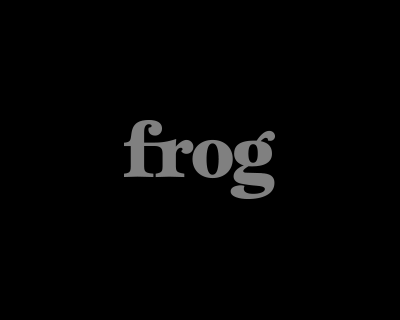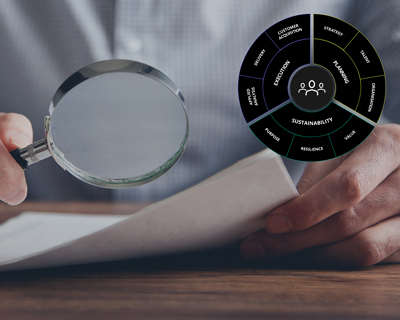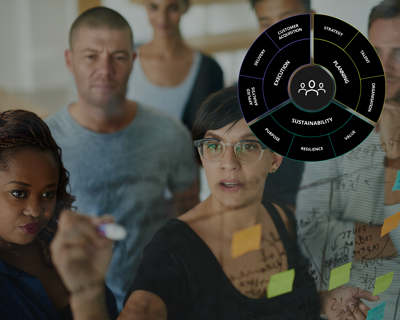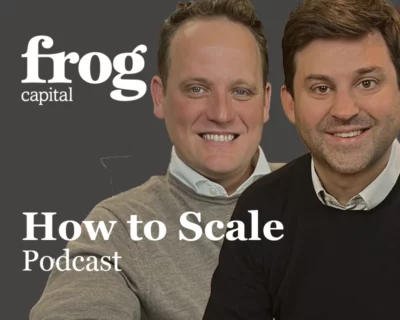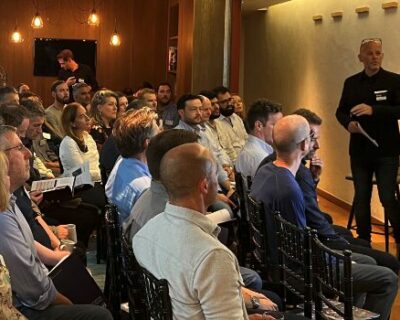Software companies in the scale-up phase have already successfully achieved several key milestones. The product has been built and is live in the market and customers are paying for your product. However, does this mean that your company has already achieved a compelling product-market fit (PMF)? Can you rightfully expect to be highly profitable in the future?
Unit economics, i.e. the profitability of a typical customer, are an important indicator both as to whether to invest in more growth and to assess the potential future profitability of your company. To achieve long-term profitability, a company also must be able to grow revenue significantly faster than its indirect cost base, but strong unit economics are simply indispensable for sustainable profits. Crucially, as a scale up you should have all the required data to determine your unit economics.
There are several ways to do so and in this toolkit we will discuss these in turn providing useful templates to make your own calculations:
- The Magic Number estimates the immediate efficiency of your sales & marketing efforts
- The Payback Time takes a closer look at how long it takes to make enough profit from a customer to break even with the costs spent to acquire her
- The ratio of the Customer Lifetime Value (CLV) to the Customer acquisition costs (CAC) puts the lifetime profitability of a typical customer into context with the money spent to acquire her



